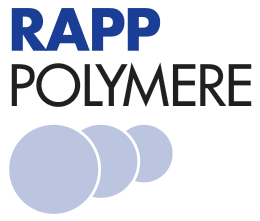€ 266,00*
1310000-11-5.100MG
Product information
This PEG crosslinking reagent with a terminal azide functionality at one chain end reacts with DBCO, BCN or other alkynes under "Click" Chemistry conditions (for example Cu(I) catalyzed alkyne-azide cycloaddition, CuAAC) to form a stable triazole link between the two reaction partners. The iodoacetamide group is known for its ability to react selectively with cysteine residues in proteins or other thiols, forming stable covalent bonds via thioether linkage. This allows for the site-specific pegylation of proteins, enabling the attachment of various functional groups on the other chain end of the PEG linker. Iodacetamide PEGs react with other nucleophiles to a significantly lesser degree.
Literature
L 57 α Iodoacetamido-ω-Alkyne PEGs
- Weerapana, E.; Wang, C.; Simon, G. M.; Richter, F.; Khare, S.; Dillon, M. B. D.; Bachovchin, D. A.; Mowen, K.; Baker, D.; Cravatt, B. F. Quantitative Reactivity Profiling Predicts Functional Cysteines in Proteomes. Nature 2010, 468 (7325), 790-795. doi: 10.1038/nature09472.
- Friscourt, F.; Fahrni, C. J.; Boons, G.-J. A Fluorogenic Probe for the Catalyst-Free Detection of Azide-Tagged Molecules. J. Am. Chem. Soc. 2012, 134 (45), 18809-18815. doi: 10.1021/ja309000s.
- Kotoku, N.; Nakata, C.; Kawachi, T.; Sato, T.; Guo, X.-H.; Ito, A.; Sumii, Y.; Arai, M.; Kobayashi, M. Synthesis and Evaluation of Effective Photoaffinity Probe Molecule of Furospinosulin-1, a Hypoxia-Selective Growth Inhibitor. Bioorg. Med. Chem. 2014, 22 (7), 2102-2112. doi: 10.1016/j.bmc.2014.02.026.

